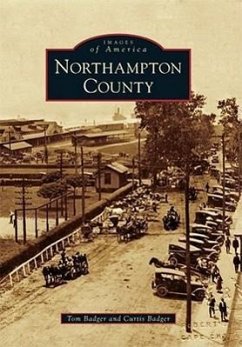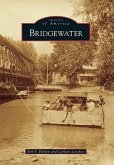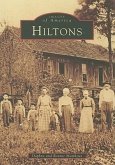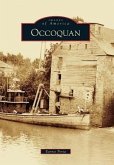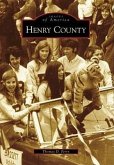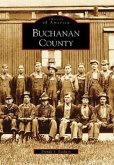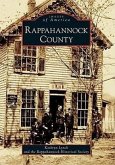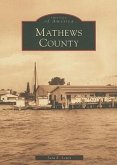Shortly after European colonists landed at Jamestown in 1607, they established a settlement in Northampton County. Settlers caught fish and shellfish in the shallow bays and creeks along the seaside and bayside and distilled salt from seawater to help preserve this bounty through the winter. Since 1608, Northampton has provided food for Virginia and the world. Fishing, crabbing, and clam aquaculture today are still an important part of the economic backbone of Northampton, but Northampton has been best known in recent years for land-based food production. The sandy soils of Northampton have always been productive, but when the railroad was built in 1884, it gave growers a method of getting produce to markets in a timely manner. So Northampton's history and culture have centered around food--gathering it, producing it, and shipping it--and the photographs in Images of America: Northampton County document this legacy.
Hinweis: Dieser Artikel kann nur an eine deutsche Lieferadresse ausgeliefert werden.
Hinweis: Dieser Artikel kann nur an eine deutsche Lieferadresse ausgeliefert werden.

